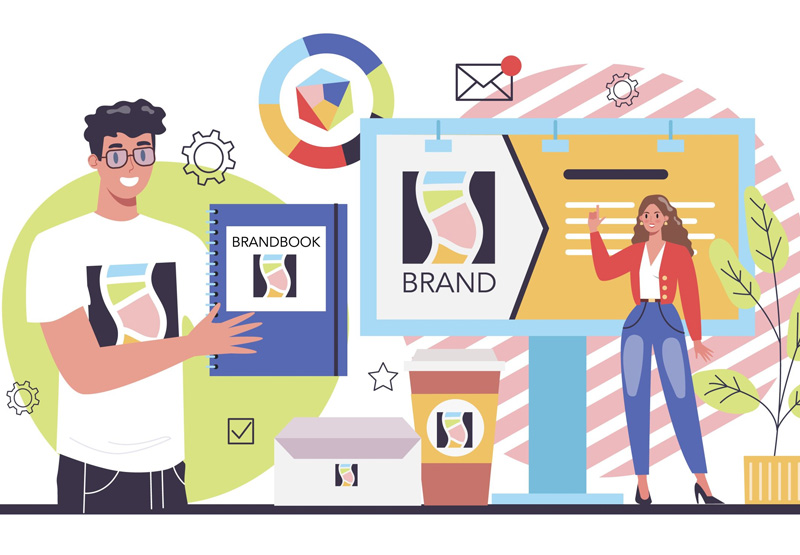When we talk about startups, the first thing that comes to mind is our own life. We begin as young babies, take baby-steps, and grow old; unless it’s the life of Benjamin Button. That’s how brands grow as well. They begin their journey as start-ups, take baby steps, and grow old and credible. The only difference-very few start-ups find the road to adulthood. And more so in a place like India, which is buzzing with entrepreneurs today.
The entrepreneurial landscape has been a consistent contributor towards the development of the country and is amongst the most significant growth drivers of the economy. While the startup industry grew exponentially over the last few years, the race to stay relevant in the minds of its audience kicked off at high speed. Each player brings their best products and services and implements a unique strategy to communicate their offerings and attract stakeholders (customers, employees, investors etc).
In an era where consumers are bombarded with too much information available at every touch point, business success will be had by those who can tell a creatively compelling story. Storytelling is a way to help create and enhance a start-up’s value proposition. The secret to securing an enduring customer relationship is all about creating an experience the consumer will never forget. One that makes them feel warmth and passion about the brand and its offering.
Create an experience.
Even a legendary brand like Apple learned the hard way about the importance of a good story. In the early ’80s when Apple was not the icon it is today, they used factoids and evidence to convince the corporates to adopt the Mac. This route failed miserably. Various studies were highlighted, ads created around it to talk about the user convenience that Mac offered. It didn’t go down well with the companies. Only when they began the art of creative storytelling and subtle persuasion that helped augment the sales.
Stay consistent.
Closer home, there has been a bevy of Indian start-ups that have become brands thanks to compelling storytelling. When MakeMyTrip began operations, it had a difficult task to accomplish—compete with offline travel houses, which had existed for a long time and built a credible name for themselves. So, to be a new category—the e-travel space—MakeMyTrip used consistent, creative and sustained communication across media vehicles. Not just that, the brand also positioned itself as a leader in this space. It spoke about convenience and relevance that led consumers to use this space extensively. The result: MakeMyTrip is today one of the biggest names in the overall travel space.
Get creative!
Another classical example is that of IndiGo. When IndiGo began operations, the aviation industry was in the doldrums. Flights were rarely on time and flying was associated with drudgery rather than fun. So, they built a storyline—based on a differentiated business model, of course—of being a fun airline and being always ‘On Time’. This aroused a lot of interest amongst the customers. IndiGo has consistently maintained its image as a friendly, hip airline. Everything, from their logo to external communication tells us something that makes us smile. The vehicles it uses to carry luggage are labelled ‘CarGo’, in sync with the name IndiGo. The air-sickness bag says ‘Get Well Soon’. Instead of an in-flight magazine, it has a shopping catalogue with interesting IndiGo curios. IndiGo’s in-your-face creative communication has broken the clutter in the industry and grabbed everyone’s eyeballs. In today’s turbulent airline industry, this sustained and creative engagement is perhaps what has kept IndiGo soaring high.
These are just a few of the many companies that started as babies and have grown to adulthood and become credible, thanks to their effective, compelling and creative storytelling. The key is in narrating stories that can create personal connections to the listener. As a storyteller, be proactive and make the connection evident to your audience. And all this with a touch of emotions; after all, communication for startup has moved beyond B2B or B2C to H2H—human to human.



